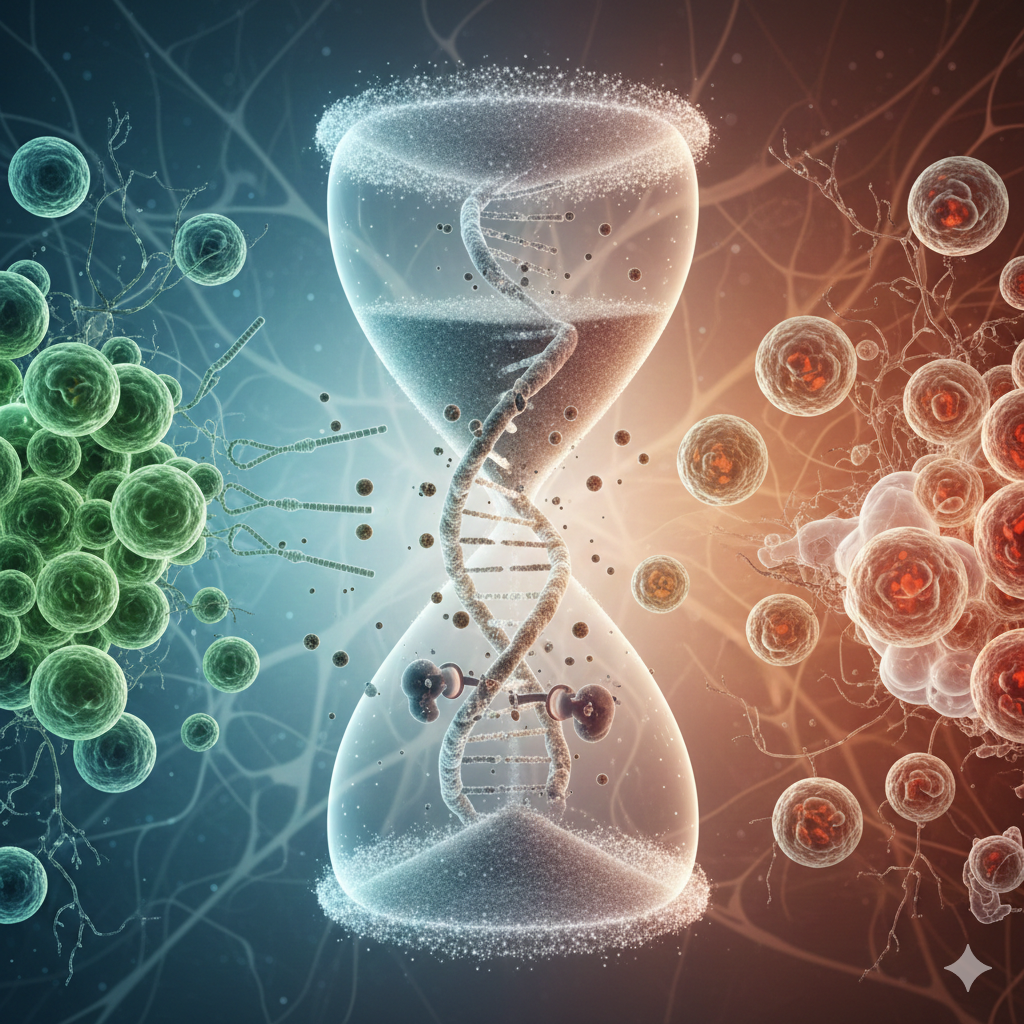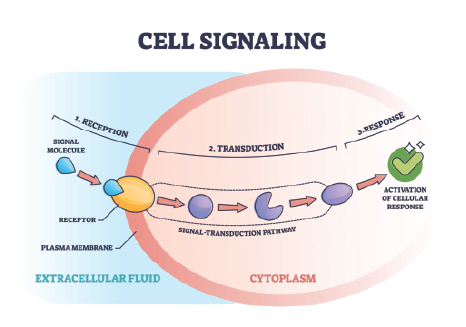Interaction Between Carcinogenic and Anti-Carcinogenic Trace Elements in the Scalp Hair Samples of Different Types of Pakistani Female Cancer Patients.

Carcinogenic processes have been observed to be linked with imbalances in essential trace and toxic elements within human body fluids and tissues. This study aimed to investigate the relationship between carcinogenic elements—arsenic (As), cadmium (Cd), and nickel (Ni)—and anti-carcinogenic elements—selenium (Se) and zinc (Zn)—in the scalp hair of female cancer patients with breast, cervix, mouth, and ovarian cancers.
Methods
- Sample Collection: Scalp hair samples were obtained from cancer patients and referent female subjects of the same age group and socioeconomic status.
- Preparation: The hair samples were oxidized using 65% nitric acid and 30% hydrogen peroxide in a microwave oven.
- Analysis: Metal concentrations were analyzed using atomic absorption spectrometry.
- Validation: The accuracy and reliability of the methodology were verified using certified reference material of human hair (BCR 397).
Results
- Carcinogenic Elements: Mean concentrations of As, Cd, and Ni were significantly higher in the scalp hair of cancer patients compared to referents.
- Anti-Carcinogenic Elements: Zn and Se levels were significantly lower in cancer patients compared to referents (p < 0.01).
Conclusions
The study demonstrated that elevated levels of heavy metals such as arsenic, cadmium, and nickel, alongside reduced levels of essential trace elements like selenium and zinc, are associated with an increased risk of cancer. This highlights the critical role of trace and toxic element imbalances in carcinogenic processes. Sham Kumar Wadhwa, et. al. Clinica Chimica Acta. (2015) 178–184. Center of Excellence in Analytical Chemistry, University of Sindh, Jamshoro 76080, Pakistan.

Dr. Michael Rudulph Maxon, AKA Johnny Delirious, Laboratory Naturopathic Doctor, gives expert advice with 40 years of experience as a professional in the health industry to his patients to heal using food and Ancient Greek therapies all backed by modern laboratory science. He is unquestionably the only TRUE Addiction & Hepatitis A, B and C Recovery Pioneer free of mood altering substances (cocaine) since 1991, no viral load or antibodies of hepatitis since 1994 and no cirrhosis since 1995. Nobody in his life including doctors, friends and family thought he would live passed 1992, they all said he was going to die. But, Johnny chose life; not death and learned how to heal his body, mind and spirit by developing new protocols with natural therapies. For over 20 years he has helped many others recover including professionals - doctors, dentists, lawyers who don't want chemical drugs or surgery recover from the same conditions that everyone said were hopeless. Contact Johnny for a Hair Tissue Mineral Analysis (HTMA), get the right diet, supplements plus expert advice with 30 years of experience
United States - 972-825-7912
http://www.johnnydelirious.com


